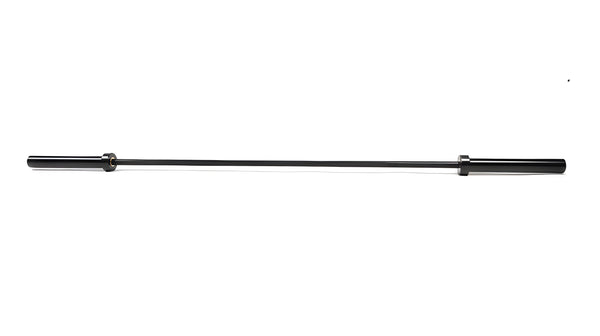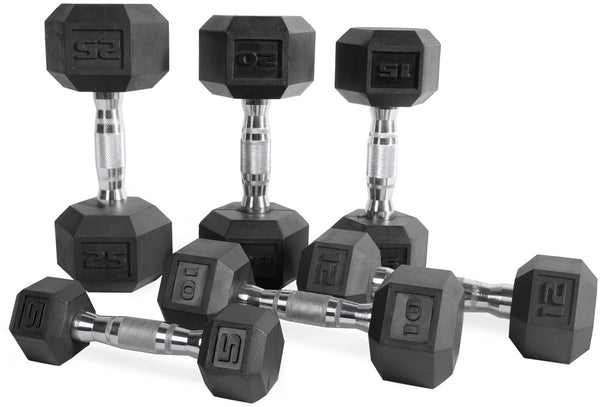Your Cart is Empty
February 03, 2024 4 min read
The Overhead Press is one of the most effective exercises for building shoulder and upper body strength. This exercise involves pressing a weight straight up over your head, while maintaining good form throughout the movement. It's a great way to build strength, as well as improve posture and balance.
Shop The Collection: BarbellsThe Overhead Press targets the deltoids, triceps, rotator cuff muscles, trapezius, and other muscles of the upper body. When performed with correct form, it helps to develop muscular endurance, stability, and power. It also works the core muscles, providing an all-around great workout for your entire upper body.
 Shop The Gear: Concorde Olympic Training Barbell – 45 LB, $249.99 USD
Shop The Gear: Concorde Olympic Training Barbell – 45 LB, $249.99 USD
Overhead press exercises provide numerous benefits for those looking to improve their physical performance and overall health. Here are some of the key benefits:
Shop The Collection: DumbbellsThese are just some of the many benefits that overhead press exercises can offer. It's important to understand the proper form and technique when performing any exercise, but especially overhead press exercises.
 Shop The Gear: CAP Barbell Rubber Hex Dumbbells, from $3.99 USD
Shop The Gear: CAP Barbell Rubber Hex Dumbbells, from $3.99 USD
Form and technique are essential when performing overhead press exercises. Proper form will help ensure that you reap all the benefits from the exercise, while avoiding any potential injuries. Here are some pointers to keep in mind when performing overhead press exercises:
It's also important to remember to warm up before performing any type of exercise. Warming up helps to prepare your muscles for the upcoming workout and prevents injuries. A few minutes of light cardio, dynamic stretching, and foam rolling are all great ways to warm up prior to doing any type of exercise.
There are several variations of overhead press exercises, including the standing barbell press, seated barbell press, standing dumbbell press, seated dumbbell press, and single arm press. It's important to mix up your routine and vary the exercises you do in order to challenge your muscles and keep your workouts interesting. Here are some examples of different overhead press exercises:
These are just a few of the many variations of overhead press exercises. Mixing up your routine and varying the exercises you do is key to getting the best results and avoiding boredom.
How often you should do overhead press exercises depends on your goals and current fitness level. If you’re new to exercise, start by doing 1-2 sets of 10-15 repetitions, 2-3 times per week. As your fitness level increases, you can increase the number of sets and repetitions.
If you’re looking to gain muscle, you should focus on heavier weights and fewer repetitions (6-10). Aim to do 3-4 sets of each exercise, 2-3 times per week. Rest for 30-90 seconds between sets to allow your muscles to recover.
It's also important to remember to give your body adequate rest. Resting helps to replenish energy stores and repair damaged muscle fibers. Make sure to get at least 8 hours of sleep each night, and take 1-2 days off from exercising each week.
Overhead press exercises are a great way to build strength and enhance performance. They target various muscles of the upper body, and offer numerous benefits when performed with proper form and technique. There are several variations of the exercise, and it’s important to mix up your routine and vary the exercises you do in order to get the best results. How often you should do overhead press exercises depends on your goals and current fitness level. Be sure to rest adequately between sets and give your body ample time to rest and recover.
Shipping Protection gives you peace of mind while saving you time and money.
Shipping Protection provides coverage for eligible orders that are lost or damaged in transit, or stolen after delivery has been confirmed by the carrier. MAGMA Fitness, through its partners, administers the protection program and may receive compensation for these services. Coverage is subject to the terms, conditions, and exclusions outlined in our Shipping Protection Terms & Conditions.